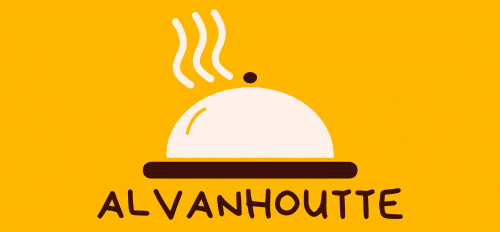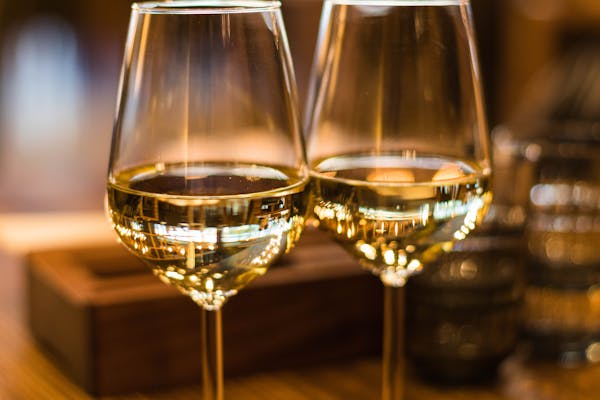Châteauneuf-du-Pape stands as a landmark of French winemaking, blending ancient history with unique terroir that shapes its bold, complex wines. Sun-soaked vineyards yield rich reds and rare whites, distinguished by thirteen grape varieties and a distinctive pebble-strewn soil that retains heat. This region’s wines offer a rich tapestry of flavours, reflecting centuries of tradition and innovation prized by connoisseurs worldwide.
Essential facts and unique qualities of Châteauneuf-du-Pape wine and region
Known as a benchmark of Southern Rhône excellence, châteauneuf-du-pape occupies a distinguished place among France’s appellations. This esteemed wine-growing zone surrounds the historic village and nearby communes, with its status enshrined as early as 1923 to combat fraud. Today, it’s celebrated for both its rich historical legacy—closely tied to the Avignon Papacy and Pope John XXII, who not only inspired the name but also fostered the local viticultural tradition—and its influential role in the development of France’s AOC regulations. You can view more details on this page: châteauneuf-du-pape.
Dans le meme genre : Easy and delicious steak haché boursin recipe to try today
The region’s geography sets the wines apart. Beneath a reliably Mediterranean sun and the relentless Mistral wind, vineyards bask in over 2,800 hours of warmth each year. The defining feature is the heat-retaining ‘galets roulés’—rounded quartzite pebbles that blanket many plots, preserving soil moisture and moderating nighttime temperatures. Combined with sandstone, clay, and sands, this diverse terroir ensures deep grape ripeness and complexity. Notably, producers like Château Rayas cultivate exceptional fruit on sandy plots without galets, yielding unique profiles within the appellation.
Tradition and strict regulations are at the heart of Châteauneuf-du-Pape’s identity. The authorized use of up to eighteen grape varieties—red and white—empowers vibrant blending and elaboration, with Grenache Noir dominating plantings. The strong embrace of heritage and regulation underpins the region’s unwavering commitment to quality and its enduring worldwide reputation.
A lire aussi : How to choose a high-quality fish fillet knife that provides control and precision?
Iconic grape varieties, winemaking practices, and distinctive wine styles
Permitted grape varieties for red and white wines: dominant roles of Grenache, Syrah, Mourvèdre and key white grapes
Châteauneuf-du-Pape wines are renowned for their remarkable blends, primarily featuring Grenache, Syrah, and Mourvèdre in reds. The AOC’s regulations allow up to eighteen varieties, but Grenache dominates the vineyards and character, especially in red blends with Grenache that offer ripe berry fruit, spice, and velvety tannins. Syrah delivers structure and dark fruit, while Mourvèdre imparts body and earthy depth. For white Châteauneuf-du-Pape, Roussanne, Clairette, and Bourboulenc are significant, resulting in complex, age-worthy whites that stand apart from Northern Rhône’s styles.
Official blending rules, regional production regulations, and influence of old vines on wine character
Châteauneuf-du-Pape’s grape blending rules and regulations are both strict and flexible. Any proportion of permitted grapes is allowed, providing creative possibilities for winemaking techniques in Châteauneuf-du-Pape. Old vines—many over 40 years—offer yield restraint, producing concentrated old vine wines prized for complexity and longevity. Adhering to regional AOC regulations ensures consistency and typicity, supporting the wine aging potential famed in collector circles.
Distinctive tasting profiles: robust reds with garrigue, spice, fruit, and complex white wines
Tasting notes capture the region’s essence: red blends with Grenache reveal garrigue, spice, wild berry, and persistent finish, shaped by stony terroir. White varieties in Southern Rhône yield layered wines—think white peach, almond, or honey—with ample structure. Each bottle—red or white—expresses its terroir, grape variety, and skilled winemaking in Châteauneuf-du-Pape.
Leading producers, recommendations, food pairings, and wine-buying guidance
Notable estates and domaines shaping the region
Famous estates and domaines elevate Châteauneuf-du-Pape’s reputation internationally. The Beaucastel estate overview highlights a leading role in both red and white blends, with the Perrin family pioneering winemaking techniques in Châteauneuf-du-Pape that emphasize organic and biodynamic methods. Château Rayas, known for old vine wines, stands out for pure Grenache-driven styles, while Domaine du Pegau and Vieux Télégraphe are emblematic of blends that reflect the varied terroir and Châteauneuf-du-Pape vineyards. Sought-after vintages from these renowned domaines often attract both casual enthusiasts and collectors eager to experience wine aging potential and terroir depth.
Food pairing suggestions and serving tips
Appropriate food pairings amplify the complex flavors typical to the region. Red Châteauneuf-du-Pape wines, especially robust Grenache blends, pair well with lamb, herbed barbecue, and provencal vegetables, as the wine tasting notes from leading critics frequently emphasize dried herbs and berry fruit. Aromatic white varieties, featuring Roussanne and Clairette, best accompany scallops or grilled chicken. For optimal enjoyment, serve reds at 16–18°C, decanting young bottles for at least one hour, and whites at 10–12°C.
Guidance on purchasing and wine tourism
Châteauneuf-du-Pape wines span a broad price range and value tiers, with premium bottles from iconic domaines costing more, while supermarket exclusives such as Châteauneuf du Pape Tesco or Aldi provide budget options. Seek advice on best vintage years and tasting windows. When buying authentic Châteauneuf-du-Pape wines, trusted specialist retailers or reputable online stores deliver reliability and access to rare vintages. For deeper immersion, consider wine tourism and vineyard tours, which offer educational tasting sessions and firsthand insights into the region’s terroir and blending traditions.










